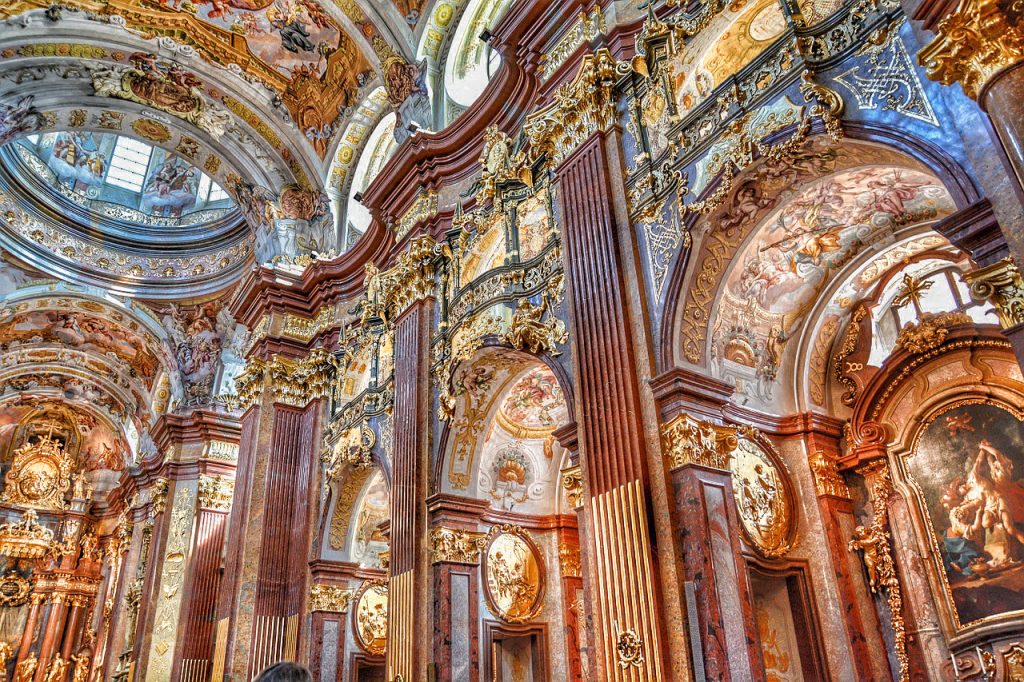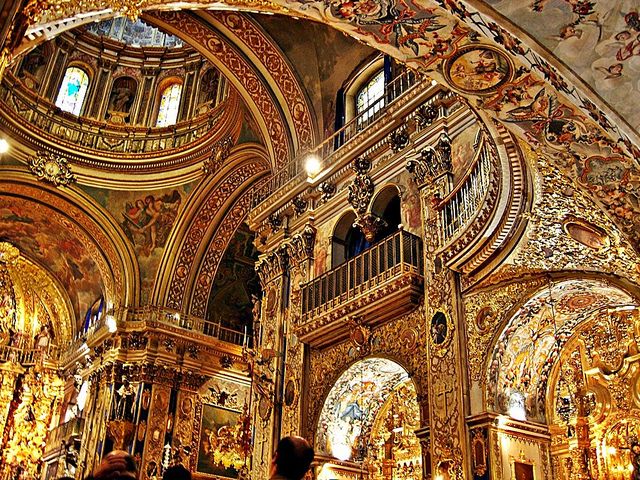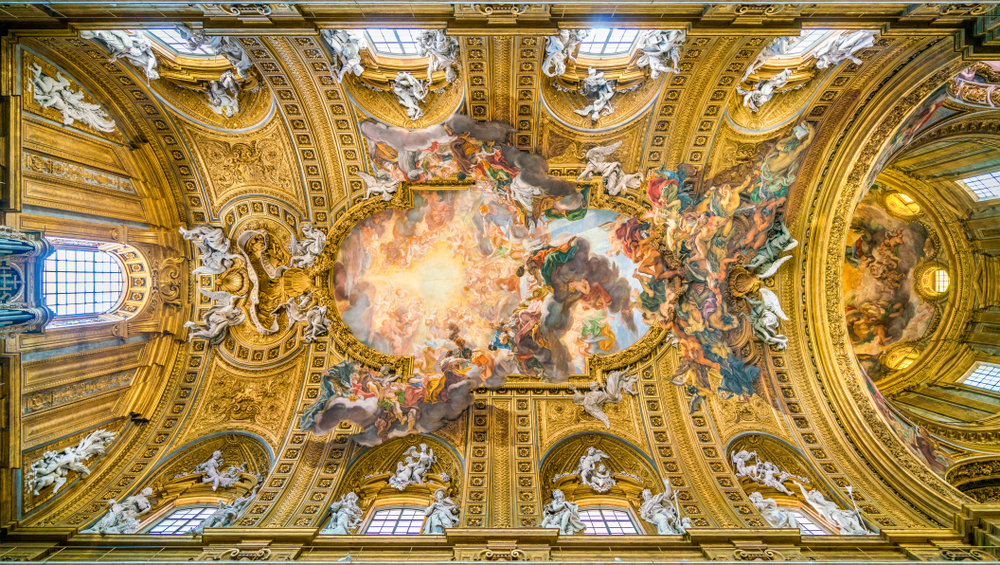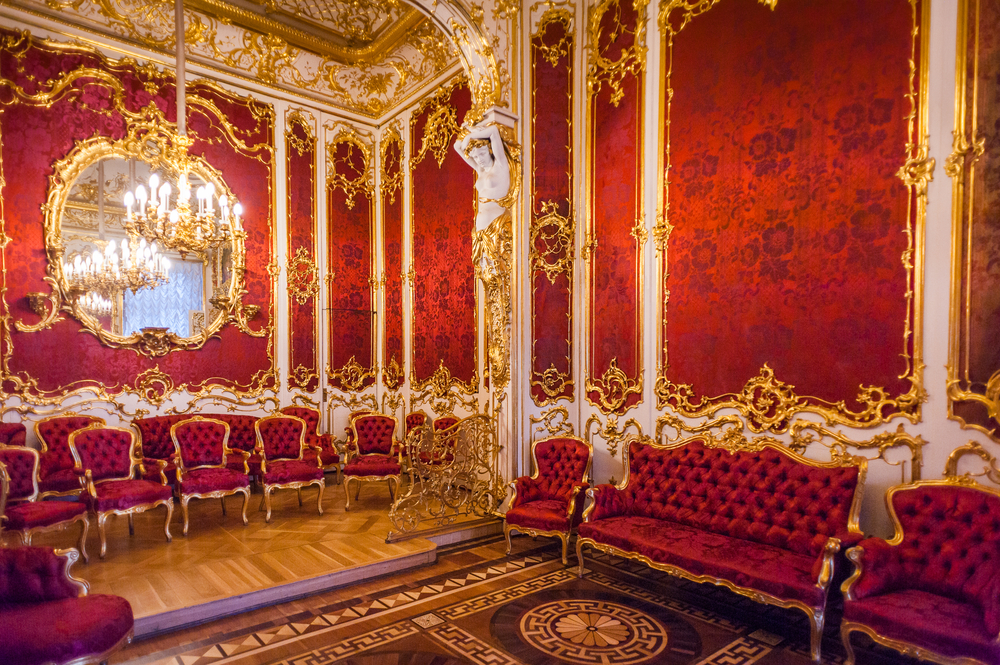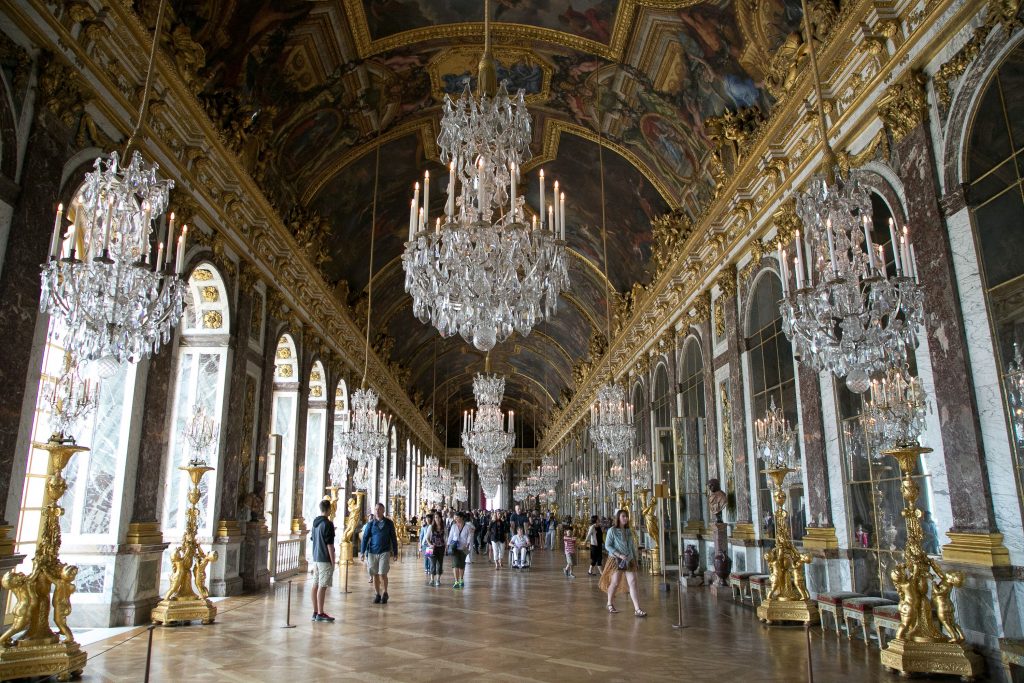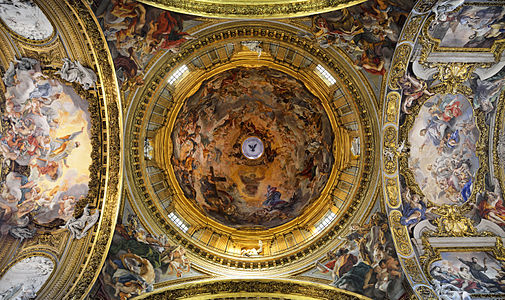How To Tell If A Building Is a Piece of Baroque Architecture If The Need To Impress People With Your *Vast Knowledge* of Art History Ever Arises
Renaissance, rococo, classical, medieval… if you are not an art student spending 7+ hours in class every day, you may have little to no clue of what these terms mean. All you know is that these fancy words describe different chapters in the history of art. To the untrained eye, the differences between these periods may be hard to tell, so I’m here to enlighten you about the fantastical majesty that is baroque architecture.
Baroque architecture emerged in Italy during the early 17th century. During this time, the Catholic church’s influence on the people was diminishing due to the Protestant Reformation movement, which challenged the power of the church. To counteract this, the church had extravagant churches and cathedrals built to evoke emotion and wonder to the people, attracting new followers. By doing this, they showed off the vast amount of wealth and power they had. Not long after the monarchy had lavish buildings built as well as a reminder to everyone that they also held a tremendous amount of wealth and power.
Renaissance architecture, which preceded baroque architecture, was a source of inspiration for the latter. The domes, colonnades and other elements of renaissance architecture were taken and made bigger and grander. The complex and highly decorated structures were what made baroque structures so unique.
Other elements of baroque architecture also included:
- Broad naves
- LOTS of ornamentation, often inlaid with gold
- Emphasis on light and darkness- in churches, the altar is bathed in light as it is the most important part of the church
- Trompe-l’oeil (forced perspective) paintings on the ceilings
- Plaster or marble finishings for a fancy look
- Strong curves and twists
- Large frescoes
Some baroque buildings:
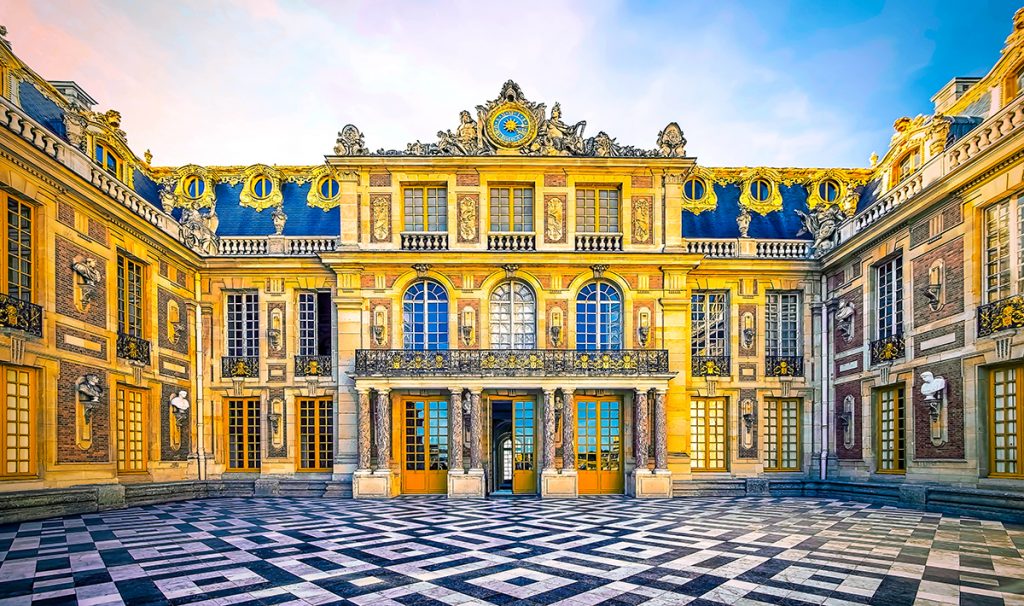
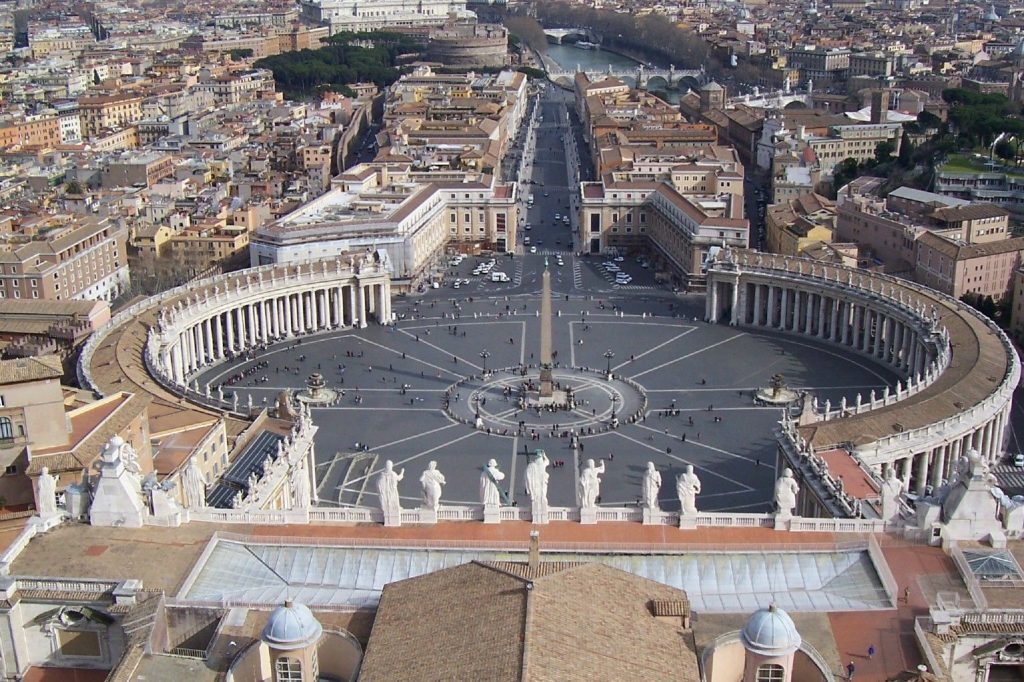
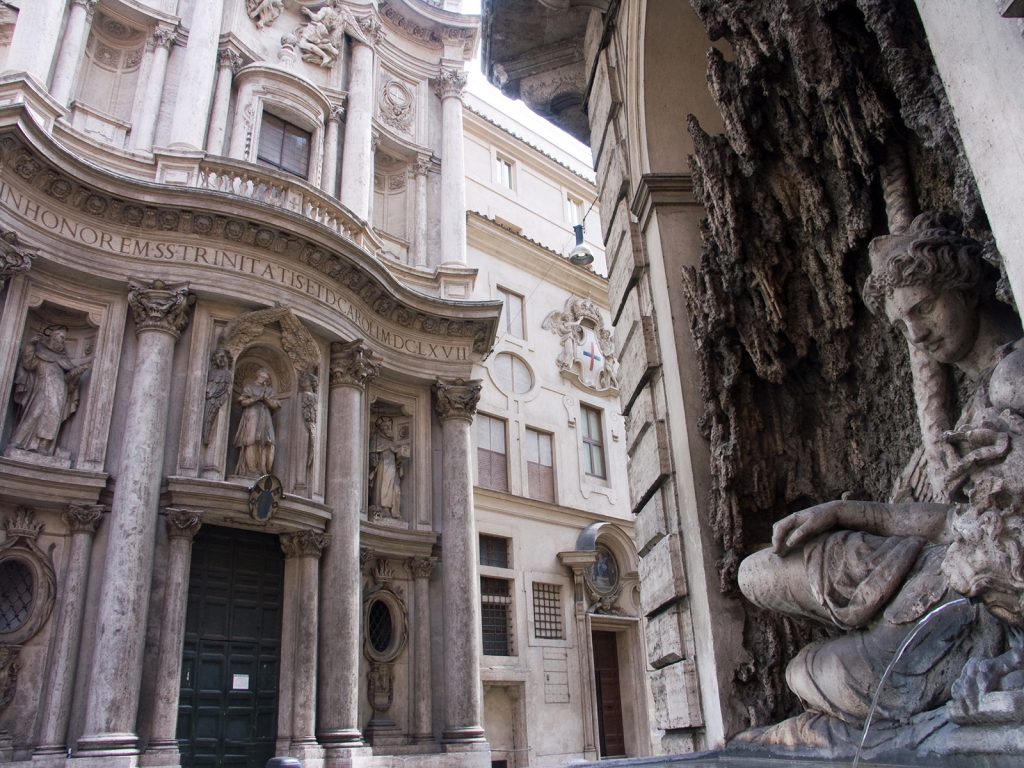

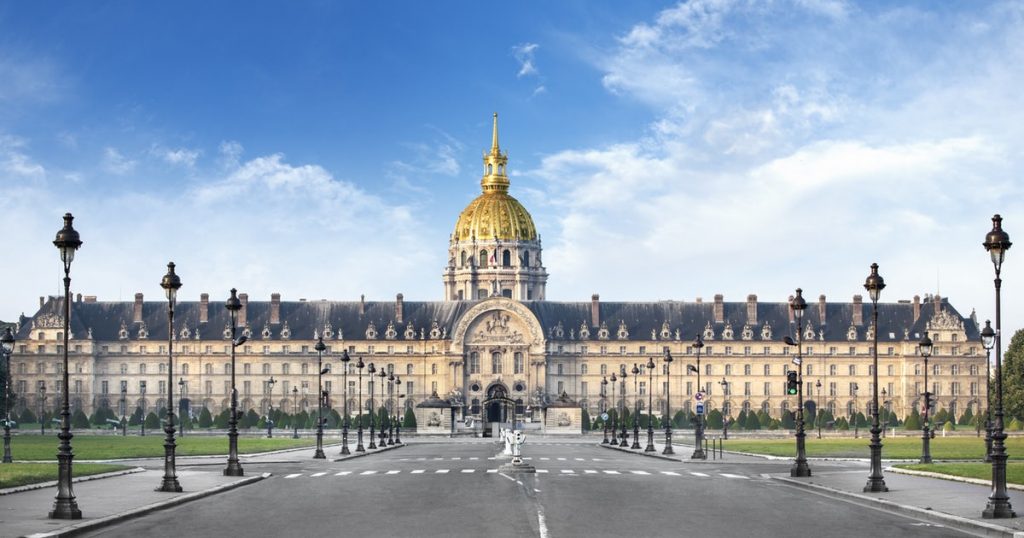
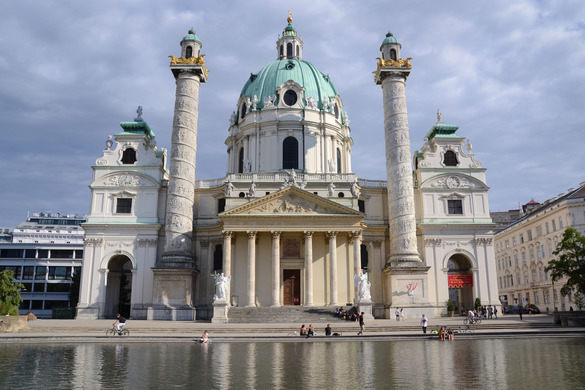
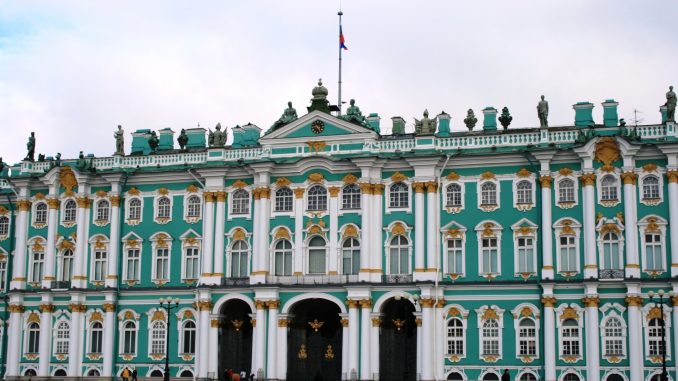
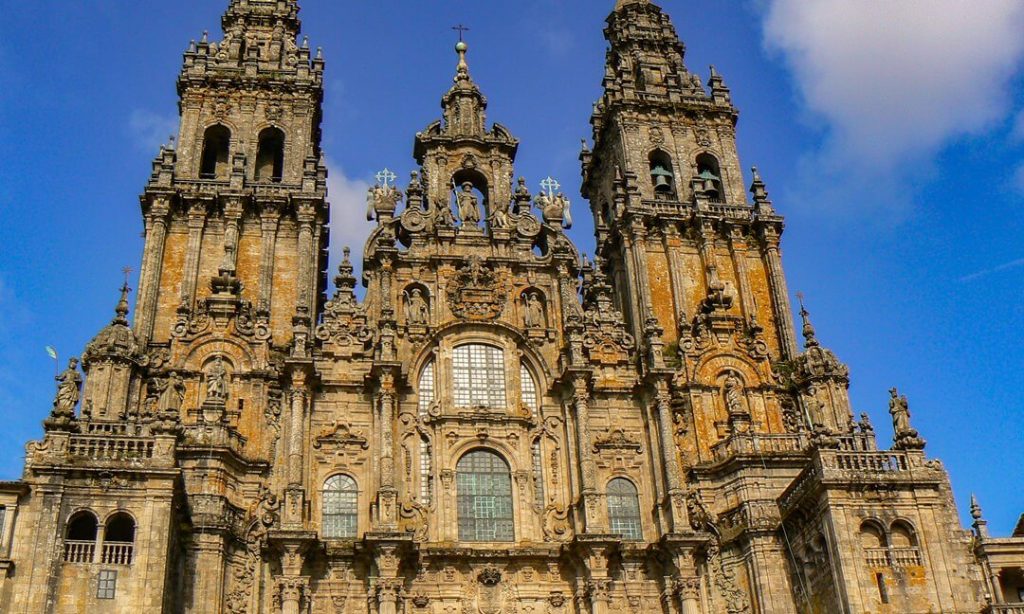
Sources:
http://www.essential-humanities.net/western-art/architecture/baroque/#general-features
https://www.worldatlas.com/articles/what-is-baroque-architecture.html
https://www.britannica.com/technology/order-architecture
http://www.visual-arts-cork.com/history-of-art/baroque-architecture.htm#building

